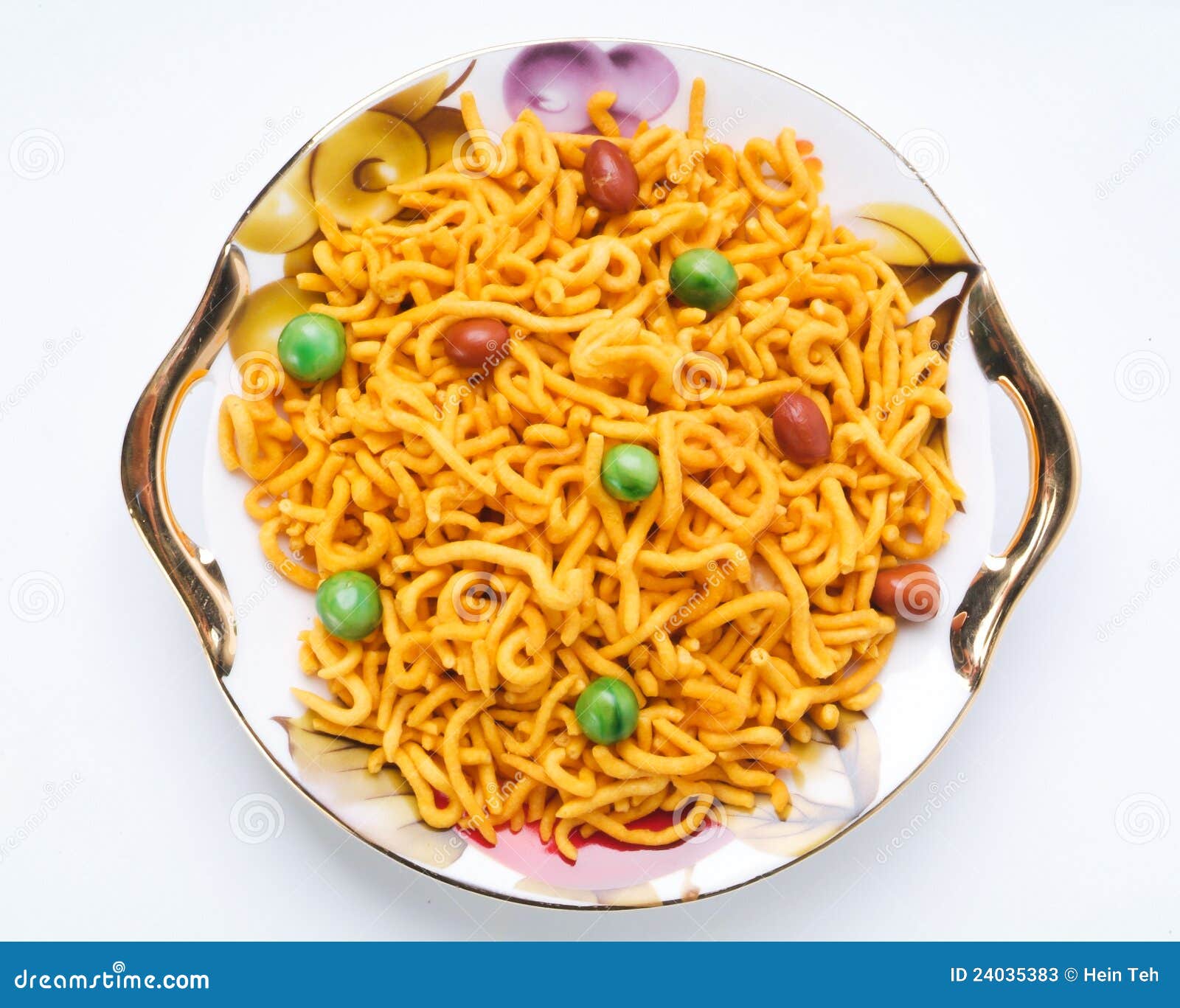I just returned from a trip to Tashkorgan, Xinjiang, which is the main settlement of China’s Tajik minority. The town is close to the Pakistan border and has a constant stream of Pakistani businessmen passing through. At the local youth hostel, I spoke with some Pakistani guests who come from Pakistan’s own Tajik minority. They can communicate with Chinese Tajiks in the same language, but the cultures are very different based on national influences.
For example, local Tajiks in Tashkorgan eat laghman, a dish of hand-pulled noodles topped with stir-fried meat and vegetables, a dish popular throught Xinjiang with the Uyghur people and other minorities, descended from Chinese la mian. Noodles are also consumed in a wide variety of soups. The Pakistani Tajiks eat curries with rice and flatbread. They claim that noodles in Pakistan are a foreign food only seen in Chinese restaurants.
Noodles can be found throughout Eurasia, from the egg noodles of Central and Eastern Europe and the pastas of Italy to the noodles ubiquitous to East Asian cuisines. Central Asians also eat noodle dishes that travelled east and west along the Silk Road. Going south, however, noodles seem to miss the Indian subcontinent, with the exception of faloodah, a dessert originating from Iran. How can we get noodles to be an indigenous staple in the Indosphere?
For example, local Tajiks in Tashkorgan eat laghman, a dish of hand-pulled noodles topped with stir-fried meat and vegetables, a dish popular throught Xinjiang with the Uyghur people and other minorities, descended from Chinese la mian. Noodles are also consumed in a wide variety of soups. The Pakistani Tajiks eat curries with rice and flatbread. They claim that noodles in Pakistan are a foreign food only seen in Chinese restaurants.
Noodles can be found throughout Eurasia, from the egg noodles of Central and Eastern Europe and the pastas of Italy to the noodles ubiquitous to East Asian cuisines. Central Asians also eat noodle dishes that travelled east and west along the Silk Road. Going south, however, noodles seem to miss the Indian subcontinent, with the exception of faloodah, a dessert originating from Iran. How can we get noodles to be an indigenous staple in the Indosphere?


